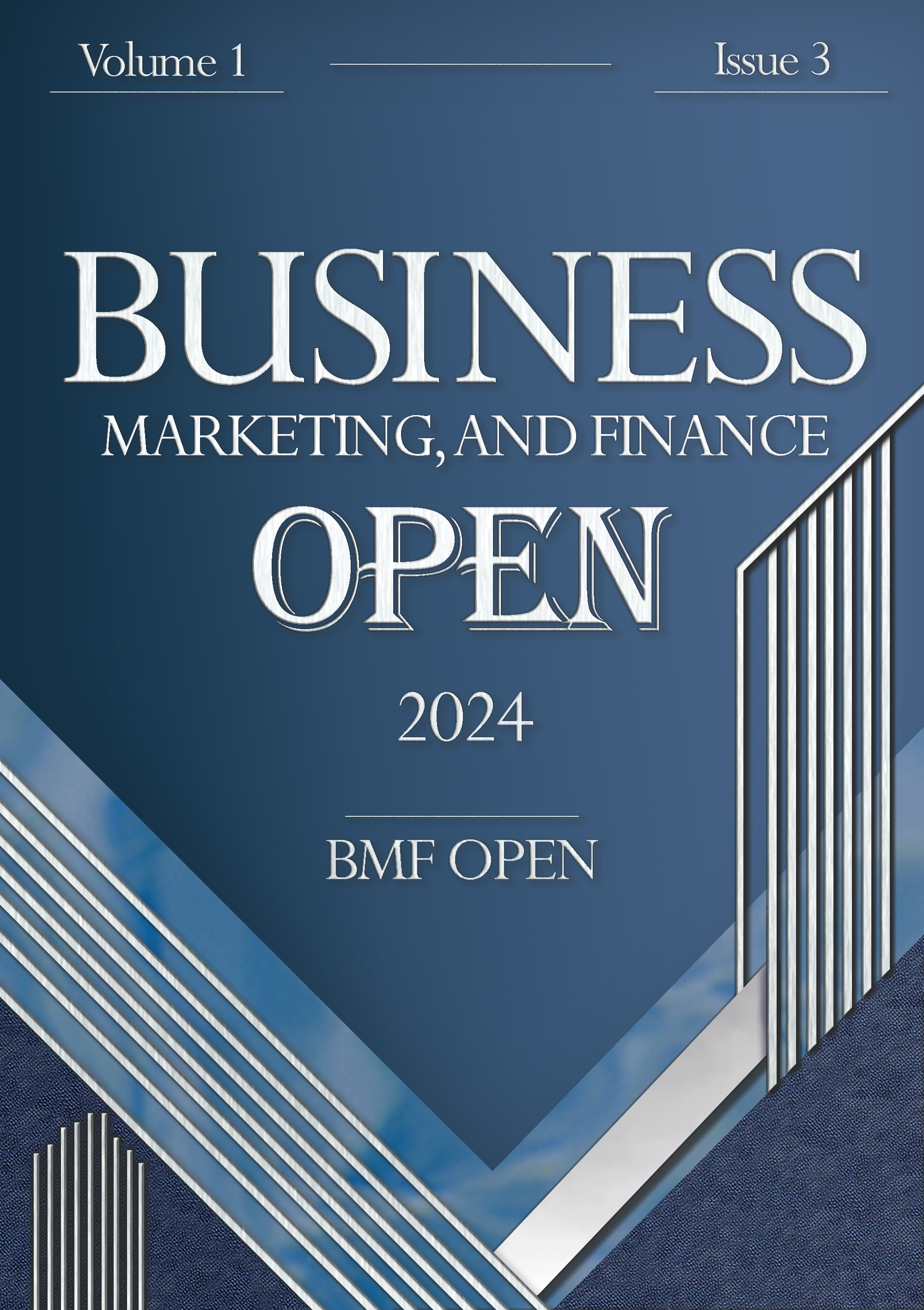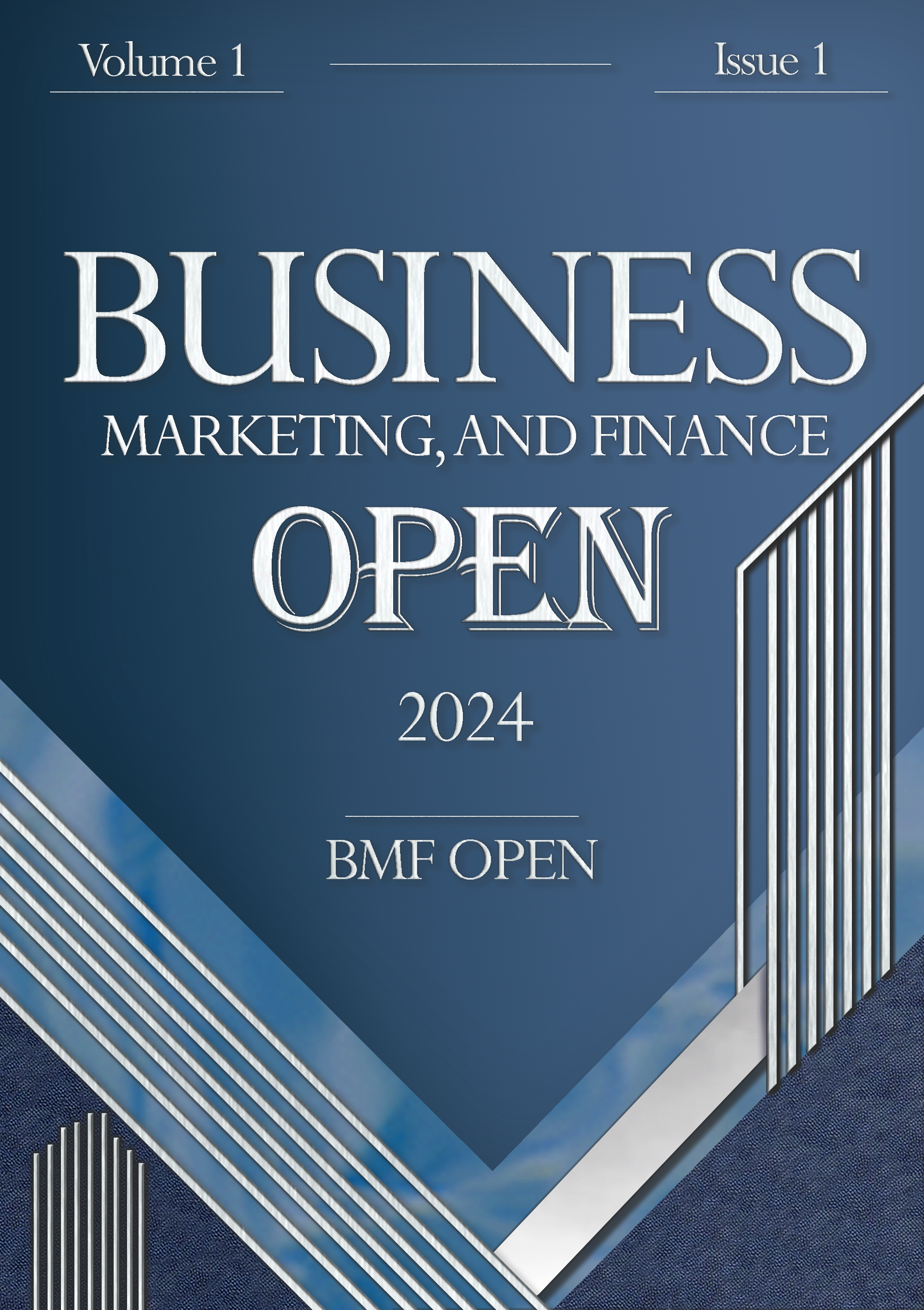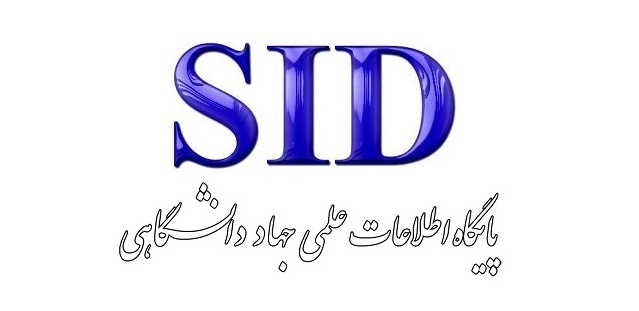Designing an Interpretive Structural Model to Mitigate Money Laundering Risk in Financial and Credit Institutions and Banks
Keywords:
Money laundering risk, banking system, exploration and analysis of capacities and strategic issues, grounded theoryAbstract
In recent decades, due to the development of financial products and services, the increasing complexity of financial transactions, technological advancements, and the acceleration of global monetary flows, money laundering methods have become highly innovative. Banks are among the most affected entities in this regard. Therefore, one of the most critical risks faced by banks and financial institutions is money laundering risk. This research employs a mixed-methods approach. From the perspective of its goal, it is applied research, and in terms of methodology, it is descriptive-survey research. Initially, qualitative data were collected and analyzed, followed by the collection and analysis of quantitative data in the second stage. To address this challenge comprehensively and systematically, all the indicators influencing money laundering risk in banks were identified and extracted through interviews and document reviews using the grounded theory method. These indicators were categorized into 20 organizing themes and 91 basic themes. In the quantitative section, to organize the relationships and sequence among the components and present their structural model, the interpretive structural modeling (ISM) method was employed. Based on the findings, the indicators of "attention to general policies of the system and upstream guidelines," "interaction with domestic and international institutions," "use of modern technologies," "credit risk identification by relevant entities," "application of scientific and specialized principles," "exploration and analysis of capacities and strategic issues," and "internal factors of banks" are significant and critical.







